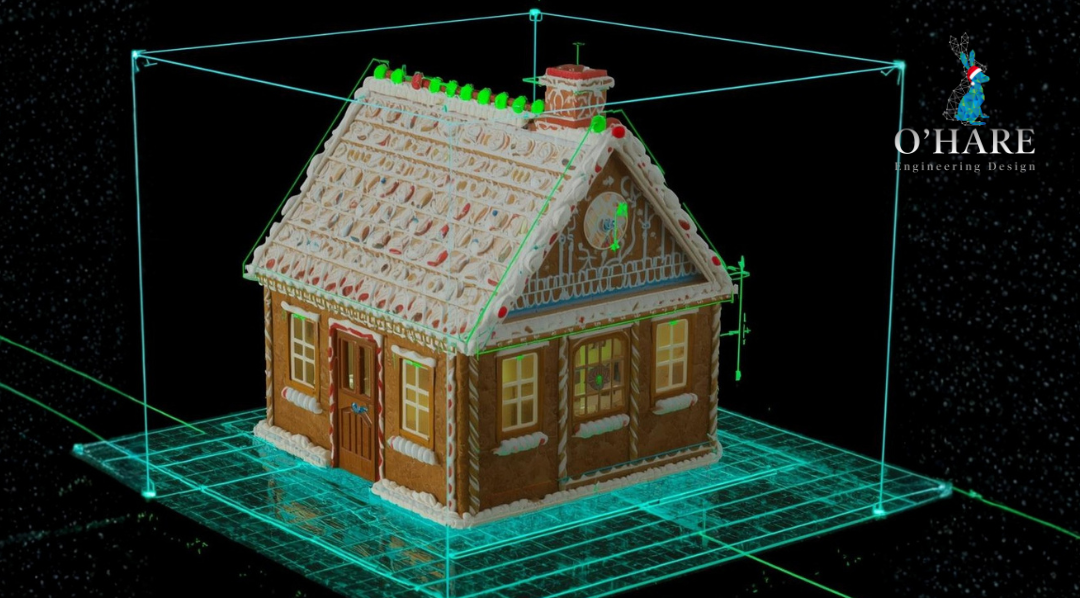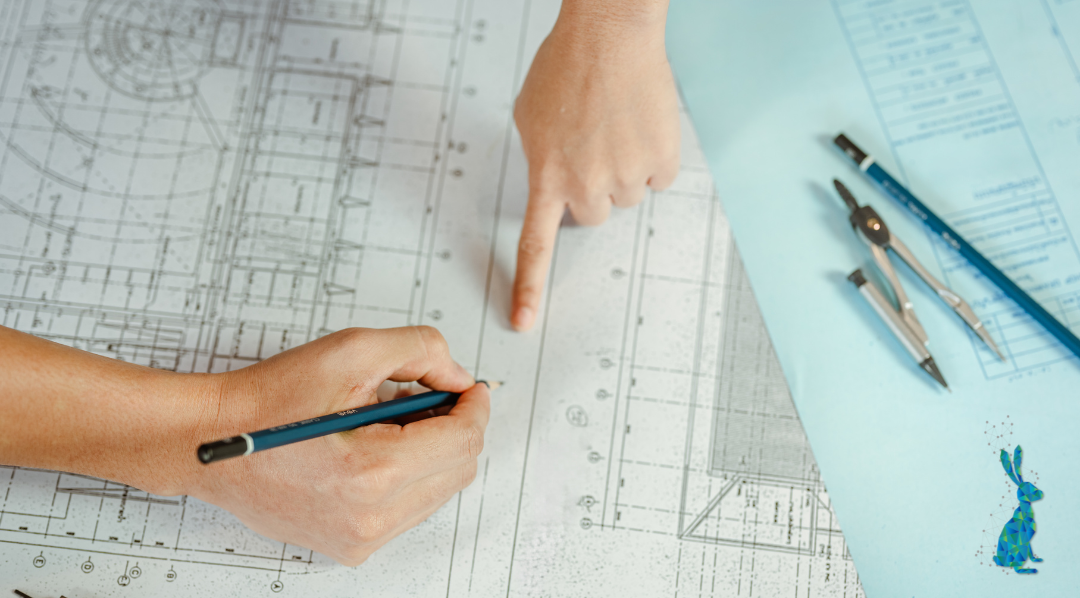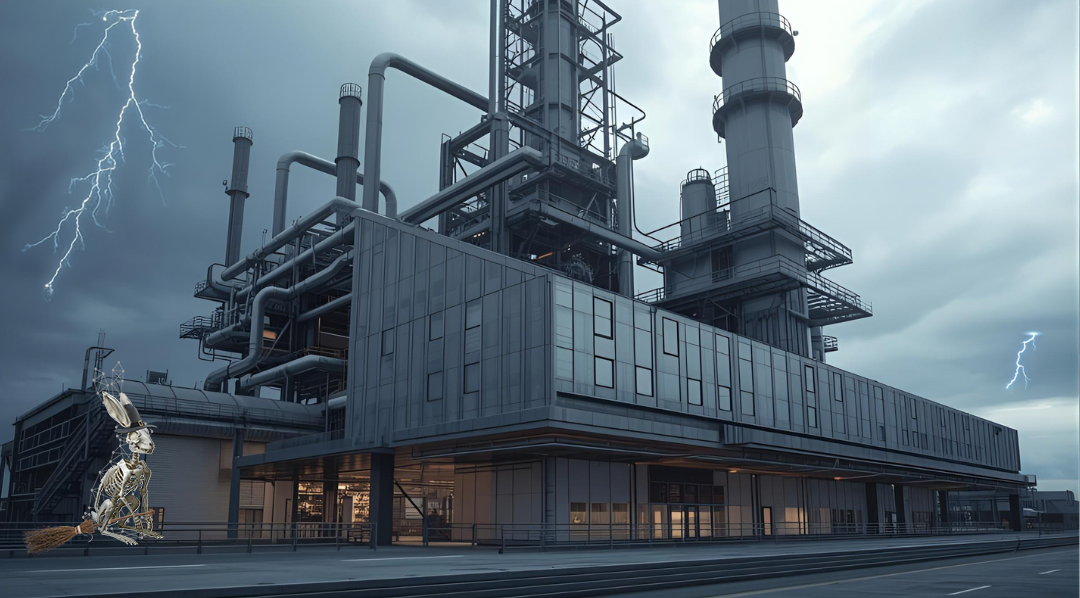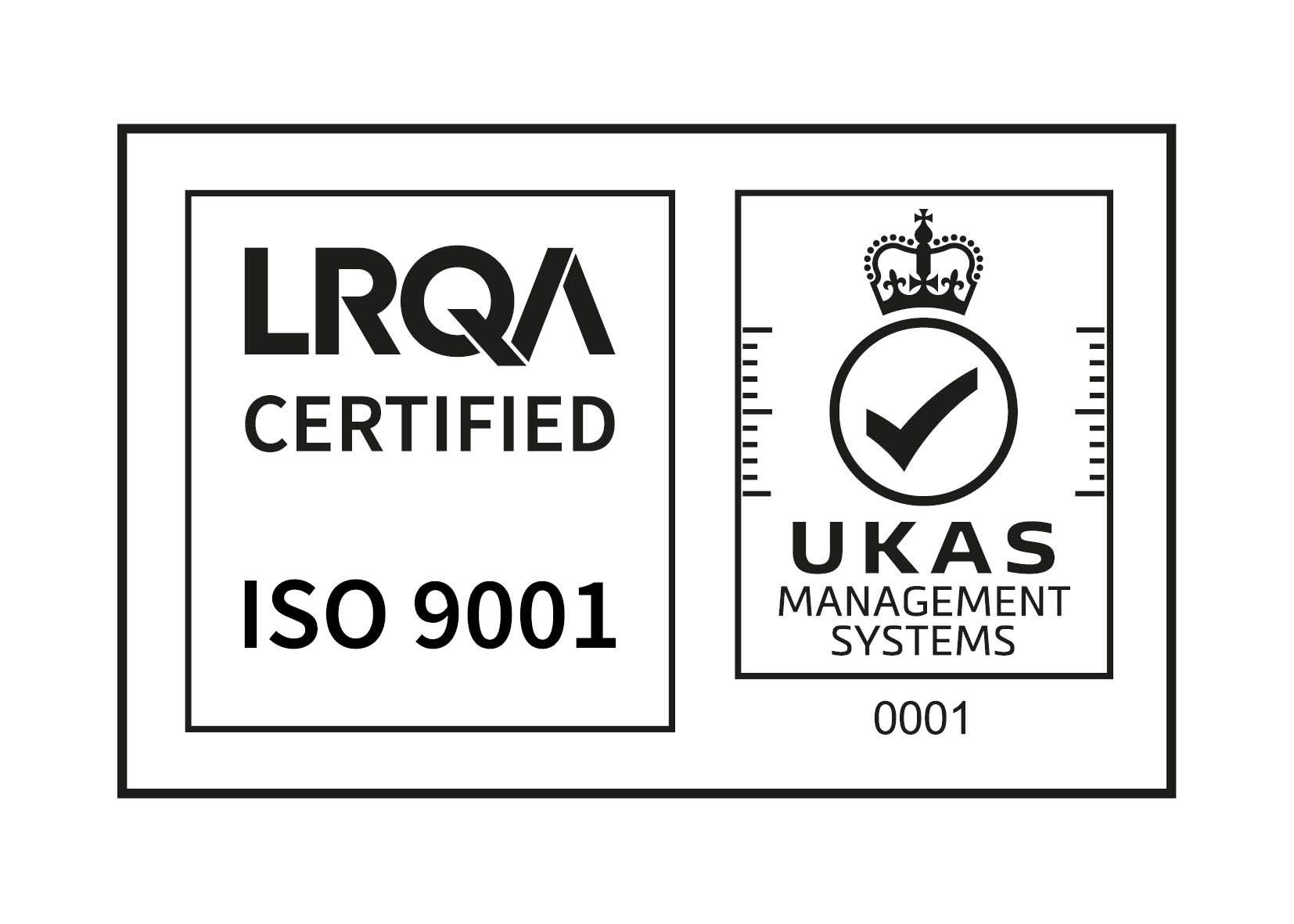HOW TO SPOT AN EXPERT FROM A YES MAN: 3 QUESTIONS TO ASK WHEN CHOOSING A LASER SCANNING SURVEYOR
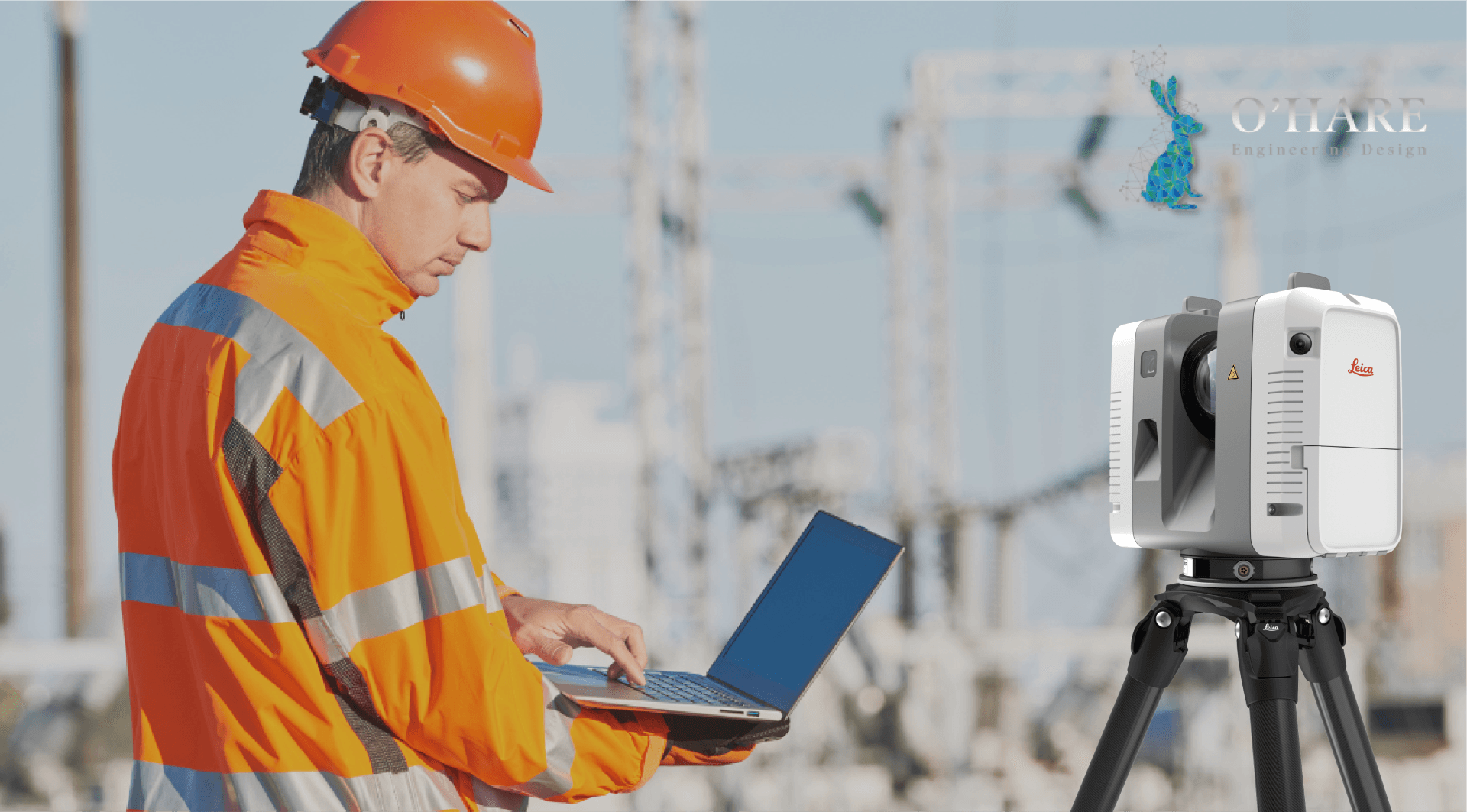
HOW TO SPOT AN EXPERT FROM A YES MAN: 3 QUESTIONS TO ASK WHEN CHOOSING A LASER SCANNING SURVEYOR
Date: 23rd August 2022
There’s nothing worse than getting a couple of months into a job and realising the person you’ve hired is a yes man. They seemed to say all the right things in the initial consultation, but now they’re on site they just aren’t matching up to expectations.
So, is there a way to separate the yes men from the experts in their field?
Yes! And these 3 simple questions will help you do just that…
Question 1: Which scanner are you thinking of using for this job?
Questions around equipment, accuracy and range are always a great way to tell a yes man apart from someone who is experienced in the field. No industry expert will get frustrated with you showing a genuine interest in the job and the equipment. Plus, it’s an easy way to spot whether someones syphoning back to you what they’ve read on the box and someone who’s really considered the job at hand.
A few weeks back, I was asked near enough this exact question from a potential client during their initial site visit. I was thinking of using either the P40 or P50 LEICA based scanner even though it is slower, it's far more accurate at a longer range than the RTC360 (a possible alternative I'd considered before arriving on site) which is a shorter range scanner.
If a surveyor can’t explain these initial considerations, then there’s the potential that the work they produce at the end of the job won't be as accurate as it could be.
Q2 - How long will it take for you to complete the work on site?
If you’re surprised by how soon they recon they can get the work done, the chances are that they’re forfeiting something important in order to achieve this quick turnaround. And 9 out of 10 times, this cost is accuracy. I explain the cost of getting your design project across the line in record time in this blog, and on scanning jobs, this cost is the same.
Anyone who has lots of experience surveying sites probably won't fix the time they expect to be on site. The reason for that is that there’s a lot of variables that can affect the quality and accuracy of the scans they collect. For example, some workshop floors might need more scans due to the amount of equipment blocking the line of sight for the scanner. Some jobs might need images from multiple scanners in order to get the most accurate final design. Others will be affected by light levels and accessibility challenges that need to be overcome.
Quite often, this will come down to gut feeling. If their proposed timescale sounds too good to be true, then chances are it will be.
Q3 - Will you be scanning the site using GPS coordinates?
I spoke about this on LinkedIn recently, but plant design using GPS coordinates just doesn't work… The reason behind this is that GPS coordinates quite often reach the extremes of what CAD softwares can accurately process.
That being said, I’ve worked with surveyors in the past who just plonk their scanner down on site and away they go. This is another approach I’d be wary of as, without these fixed foundation coordinates, your CAD drawings will be rotated to match the initial orientation the scanner was placed in. This means that every time you access them, the drawings will need to be manually rotated around a specific point in order for every designer working on the job to be on the same page.
Instead, I usually set a site coordinate system (whether they have one already or not) based on what I’m trying to achieve on the day. This makes it easier for everyone working on the project to understand and is something I make the clients aware of when I’m starting the job.
If you’re tired of bringing yes men into your team and want to find out what an expert approach to laser scanning surveying can bring to your project, get in touch to book a free laser scanning demo today. And don't forget to ask us these questions to check we’re up to the job.

